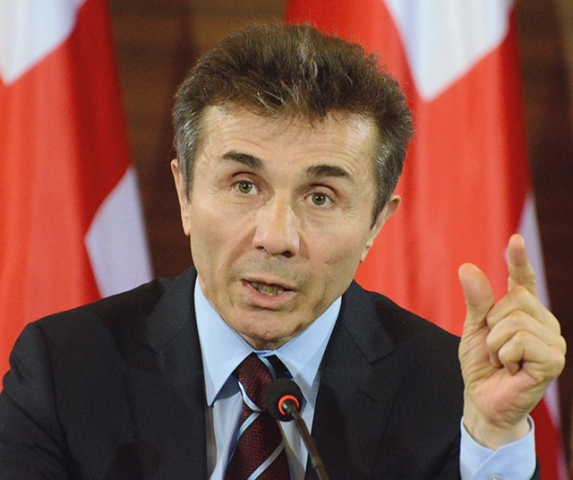The Deal is Done
Op-Ed
The government and the opposition have finally come to an agreement. 120 proportional and 30 majoritarian mandates, and a 1% barrier. The barrier for the government is 40.5%. Such is the outcome of the five-month confrontation that arose after the government voted against the constitutional change in November, leaving the election system as it was, that is 77 proportional and 73 majoritarian mandates. Earlier, the Georgian Dream and Ivanishvili had promised people an absolutely different outcome. A special briefing was held in the GD’s office where Ivanishvili and the ruling party announced that in 2020 the parliamentary elections would be held fully under the proportional system and with a 0% barrier. It was precisely this lie that caused the political crisis.
For almost five months, the governmental party attempted to convince the voters that on June 24 of the previous year, it hadn’t promised anything like this and that all this was the result of the population’s misconception. Trying to sell this lie as truth might have worked if not for Washington’s epic “storm” and the consistency of the EU diplomats. What Ivanishvili was trying to make work with regards to the local opposition didn’t work for the West, and finally he was forced to agree to change the election system. The final agreement between the government and the opposition about the majoritarian districts has been signed and has resulted in the following: Tbilisi will have 8 majoritarian MPs, Kakheti will have 2, Kvemo Kartli 3, Mtskheta Mtianeti 1, Shida Kartli 2, Samtskhe-Javakheti 1, Racha-Lechkhumi-Svaneti 1; Imereti 5, Samegrelo 3, Guria 1 and Adjara 3. This is how the 30 majoritarian mandates will be allocated this autumn.
As for the barrier of 1%, the party is considered to have passed the barrier and will get one mandate if it gets 1% of all the bulletins across the country. For example, if the number of bulletins across Georgia is 2 million, the party will get one mandate if it gets at least 17 thousand votes. The legislation suggests the counting should happen as follows: 17 000 divided by 2 000 000 and multiplied by 120). The data from 2018 suggested that there are 3 528 658 registered voters.
So, the main question as the political class gets closer to the election date will increasingly be: what are the odds? As the chronicles of the election system debates suggest, the government does not have hopes for mandates in the capital. Hence, the allocation of five mandates to Tbilisi instead of eight. The same in Kutaisi and Batumi, where the Georgian Dream has always had difficulties and has further lost support. Nor is their situation good in Samegrelo, where it could lose its three existing mandates. Ex-Minister Vano Merabishvili could run in Samtkhe-Javakheti, and he has great support in the region, reinforced on the day when he left prison. As for the Dream, their traditional allies are the districts with one mandates in Guria, Mtkheta-Mtianeti, Racha-Lechkhumi-Svaneti and Ivanishvili’s native Sachkhere, which is part of the Tkibuli-Chiatura-Terjola region.
The government will try to win at least 15 majoritarian mandates, which could be regarded as a success. The new reality puts quite a lot of requirements on the Majoritarians. Not only will they need to have at least some intellectual ability, but the union of election districts has brought a further benefit, which is the fact that the candidate should be a known figure not only to the specific district, but for the region as a whole. Therefore, the new reality has imposed new requirements on both the government and the opposition.
By Zaza Jgarkava
Image source: Interpressnews












